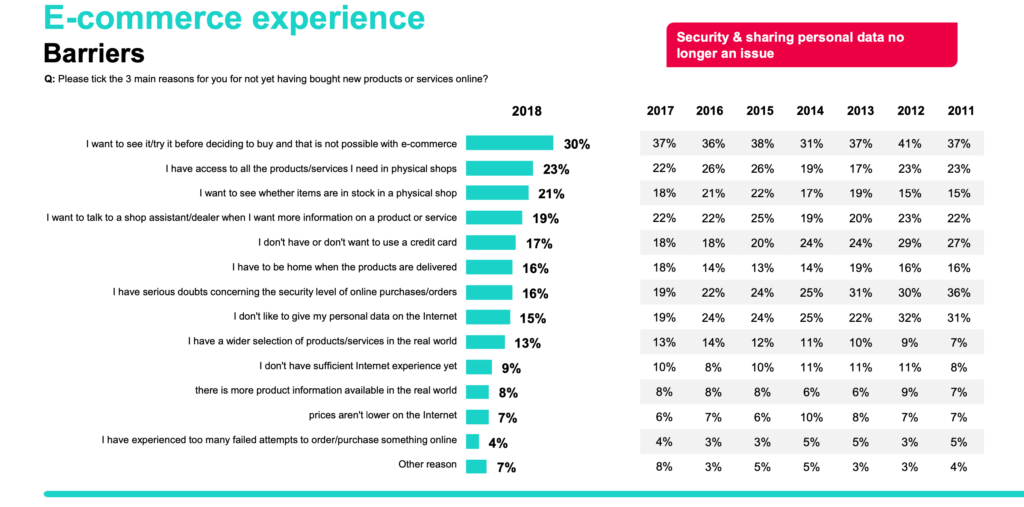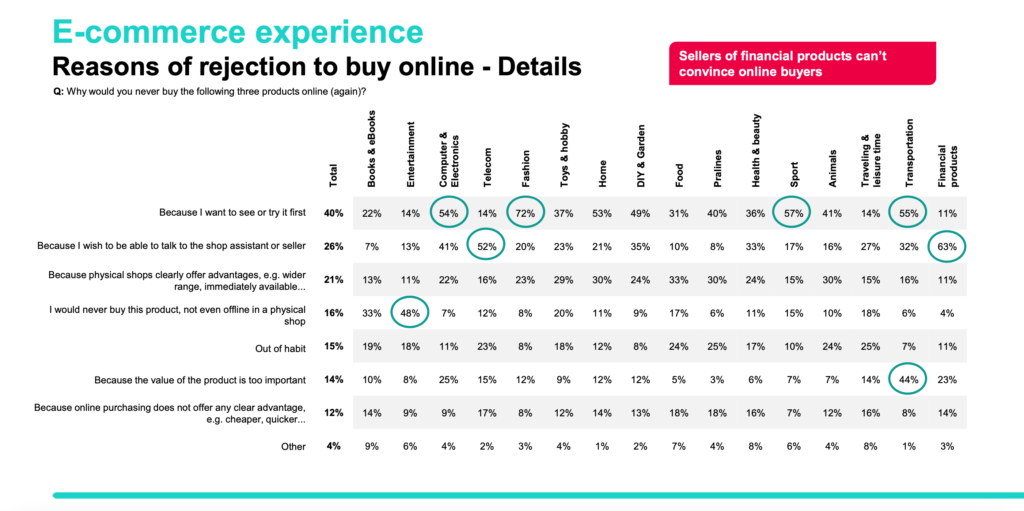2020 has overturned the rules of retail and changed consumer behaviour, perhaps forever.
The long lockdown periods have revolutionised the shopping cart, favouring some product categories over others.
Social distancing and the growing need for trust and protection have relaunched the rediscovery of a local, protected and sheltered dimension.
But above all, the limitations imposed on the retail sector have favoured the online segment’s take-off, taking customers from a bricks and mortar to a virtual purchase dimension, as in a global diaspora towards e-commerce.
Who has benefited from this? Everyone who has interpreted these changes as real opportunities to be seized on the fly, taking advantage of the challenge to change pace.
In the case of the transition from offline to online, the retail brands that have achieved positive results despite the period of severe crisis, have been those that have tried to satisfy the tastes of customers, working – with an eye always attentive to market trends – to offer consumers the best shopping experience..
2021 promises to be a year of continuity: the digital world will continue to develop but, without coups or headshots, it can integrate with the physical world to respect the uncertainties of those customers who, for example, do not yet feel ready to buy without having seen or tried a product (30% of consumers) or need the support of a sales assistant to decide to buy (19%).


What will be the main bridge between the past and the future? Video: a virtual shopping tool that brings consumer and seller closer, builds customer loyalty, opens the doors of shops even when the shutters are down and makes a product or service more concrete and visible.
And there is much more: here are three virtual shopping trends that promise to change the global retail sector for the better.
1. Video shopping content for the community
Has something new arrived in the store and you think it deserves a nice presentation? Does an object need to be enhanced with a detailed explanation of its functions? Do you want to encourage the sale of a specific product in your catalogue? Video content on social platforms lets you reach the entire audience of current and potential customers by providing packs of useful information and encouraging purchasing.
Similar to digital teleshopping, that of “One to many video shopping” (this is the original name of the marketing phenomenon) is a very popular trend in every country where online shopping is already a consolidated reality, while it lets you provide a virtual presentation to customers about each product just as if they were physically in the store.
How to create video content that reaches and convinces the entire community? Taking advantage of the video services of social platforms, for example, such as Reel of Instagram or the live streaming offered by Facebook.
Let a seller or an influencer illustrate the unique features of a product in front of a camera and upload everything to the network: customers will be so fascinated that they cannot resist buying! Then you just have to attach a direct link to the promotional video to the e-commerce or to the ShopCall video call shopping service to conclude the sale.
2. Personalised virtual advice
A customer in front of a PC screen, may not feel involved. It is difficult, in sterile conditions to experience the joy of shopping and that thrill that drives impulse buying.
What if we told you that simply with the advice of an expert shopkeeper, the purchase conversion rate increases by 21 times and that, supported by a sales assistant, customers can spend up to 70% more than would if they were left alone?
Therefore, in 2021, the need to provide human support to the customer will have to be combined with the world of online shopping. How? By offering a “one-to-one” virtual consultation to the consumer through a video call shopping platform such as ShopCall.
Through ShopCall the customer can directly video call the sales staff in the store to be assisted during the purchases as if they were physically inside the shop. On the other hand, the merchant answers the call and, through the video, can illustrate the products on the shelf live, concretely helping the consumer and immediately concluding the sale.
In addition to offering a consultancy service to encourage online shopping, receiving customers via video call has numerous other advantages: it gives more visibility and gives real value to products, which are often penalised by static photos present on traditional e-commerce channels, considerably reduces the number of returns – the more aware customer buys exactly what he is looking for – and also increases the synergy between the bricks and mortar and the virtual store.
3. Virtual after-sales assistance
Communicating before purchasing and assisting the user during the sale is not everything: to retain a consumer and make them come back to buy again, even in 2021 after-sales assistance will be essential.
Fortunately, virtual tools are a precious resource to stay in touch with customers and interact virtuously with the community: WhatsApp messages, text messages, newsletters (and more broadly email marketing) are two-way channels through which the shopkeeper – with the interlocutor’s consent – can send specific communications, such as those to announce the arrival of a new collection, the start of a period of discounts dedicated to regulars or present a product which, based on the customer’s previous purchases, could be interesting. On the same channels, sometimes, the customer can respond and deepen, generating a constructive and profitable dialogue: it is estimated that sending promotional communications increases the propensity to a new purchase by 85% and pushes them to spend 23% more.
After-sales is truly strategic and, even with the shutters down, should be treated as best as possible through digital tools.



